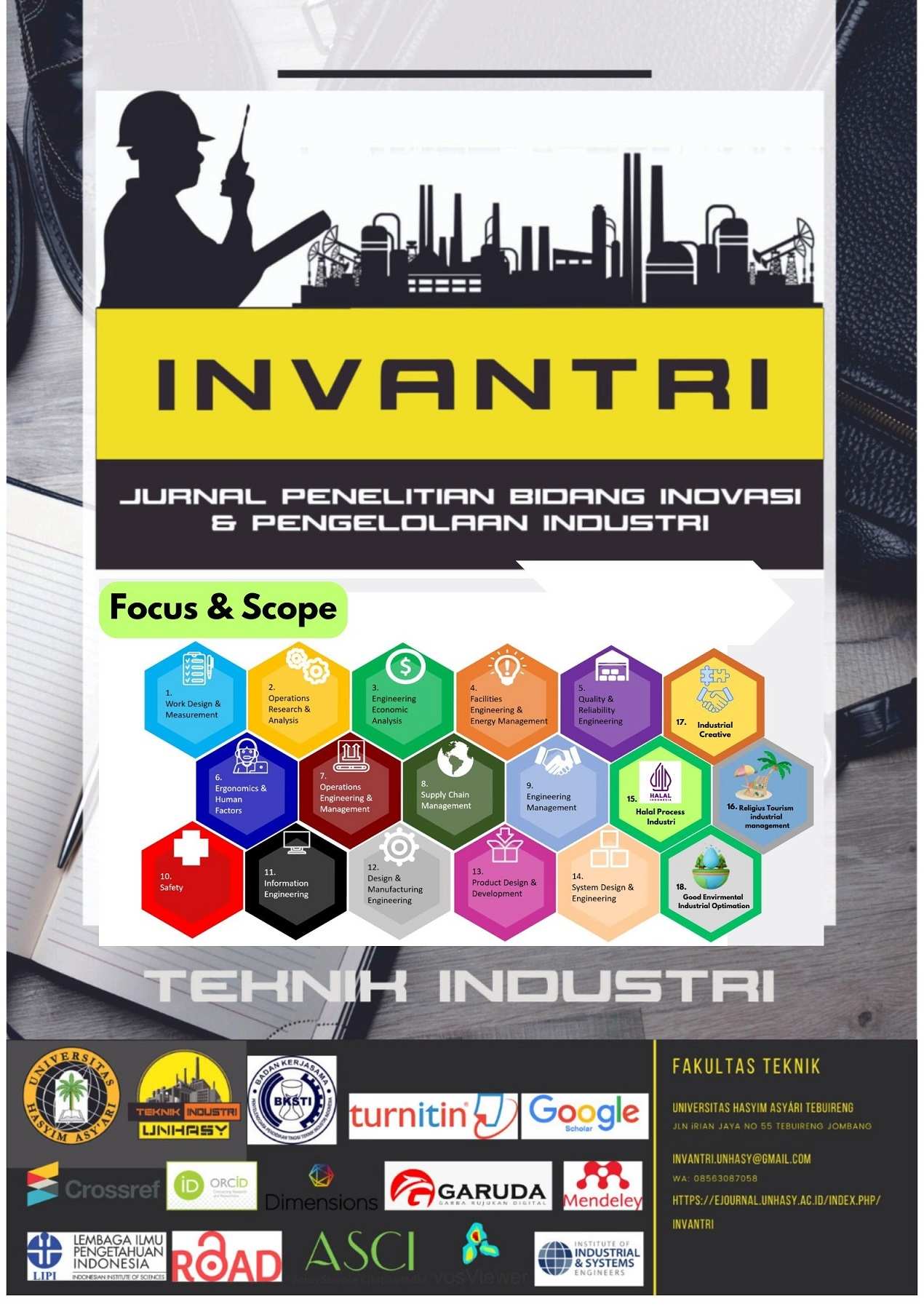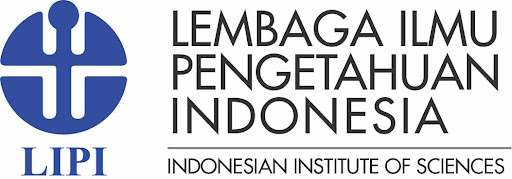Desain Eksperimen Tahu Dengan Pendekatan Metode Taguchi Di Pabrik Tahu JB
Abstract
Tofu Experimental Design Using the TAGUCHI Method Approach at the JB Tofu FactoryAbstractHome industry Tahu JB is a small and medium enterprise (UKM) which operates in the food production sector. An emphasis on quality, efficiency, and technology is critical to maintaining a competitive advantage. The JB Tofu Factory in Jombang is facing production challenges which result in imperfect tofu, which poses a risk to the sustainability of its business. This research aims to optimize the tofu production process in Tahu JB Jombang using the Taguchi approach. The main problem addressed is the occurrence of defective products that threaten business continuity. Taguchi's method, which uses tools such as SNR, Orthogonal Arrays (especially L8( 23 )), ANOVA, and F tests, has proven effective inidentifying key factors such as soybean soaking time, soybean grinding,and starch deposition time. know that it affects product quality. With 3 factors 2 levels, the research results show that soybean milling makes a significant contribution to tofu texture, with a contribution of 37.13% to SNR and 51.61% to average product quality. The results of this research are the soaking time for soybeans level 2 (4 hours), grinding level 1 (1x), sedimentation of tofu essence level 1 (20 minutes) and it is hoped that this can improve the quality of tofu products and operational efficiency at the JB Tofu factory as a whole.
Downloads

Additional Files
Published
How to Cite
Issue
Section
License
Copyright (c) 2024 Jurnal Penelitian Bidang Inovasi & Pengelolaan Industri

This work is licensed under a Creative Commons Attribution-NonCommercial-NoDerivatives 4.0 International License.















